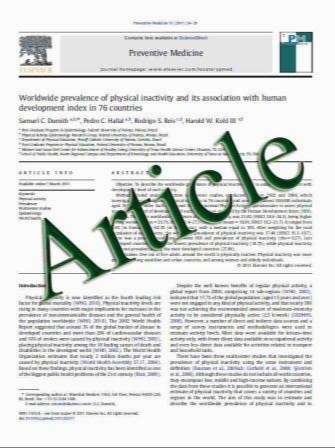Does computer-assisted surgery improve postoperative leg alignment and implant positioning following total knee arthroplasty? A meta-analysis of randomized controlled trials?
- نوع فایل : کتاب
- زبان : انگلیسی
- مؤلف : Tao Cheng • Song Zhao • Xiaochun Peng • Xianlong Zhang
- چاپ و سال / کشور: 2011
Description
Purpose Computer-assisted surgery has been proposed as a technique to improve implant alignment during total knee arthroplasty (TKA). However, there is still a debate over the accuracy of placing the femoral and tibial components using computer-assisted systems in TKA. The aim of this study is to establish whether computer-assisted surgery leads to superior mechanical leg axis and implant positioning than conventional technique in patients with primary TKA. Methods Major electronic databases were systematically searched to identify relevant studies without language restriction. A meta-analysis of 41 randomized controlled trials (RCTs) or quasi-RCTs was performed in a random effects model. A subgroup analysis was conducted by type of navigation system to explore the clinical heterogeneity between these trials. The following radiographic parameters were used to compare computer-assisted surgery with conventional technique: (1) mechanical leg axis, (2) femoral component coronal alignment, (3) tibial component coronal alignment, (4) femoral component sagittal alignment, and (5) tibial component sagittal alignment. Results For the mechanical leg axis and coronal positioning of femoral and tibial components, there are statistically significant reductions in the number of patients with malalignment in the CAS group if the outlier cutoff value is ±3 or 2 in the coronal and sagittal planes, respectively. Subgroup analysis demonstrates that CT-free navigation systems provide better alignment than conventional techniques in the coronal and sagittal alignment of femoral components within ±3 and 2. If the outlier cutoff value for the tibial sagittal alignment is ±2, the outlier percentages are higher in the CT-free navigation group than in the conventional group. However, there was no significant difference in the tibial sagittal alignment at ±3. Conclusion Computer-assisted surgery does improve mechanical leg axis and component orientation in TKAs. However, high-quality RCTs are necessary to determine whether surgeons could use computer-assisted techniques to achieve a targeted tibial slope in TKA. Level of evidence Therapeutic study (Systematic review of Level I/II studies), Level II.
Knee Surg Sports Traumatol Arthrosc DOI 10.1007/s00167-011-1588-8 Received: 23 October 2010 / Accepted: 16 June 2011


